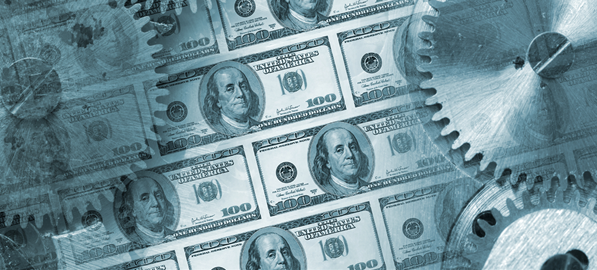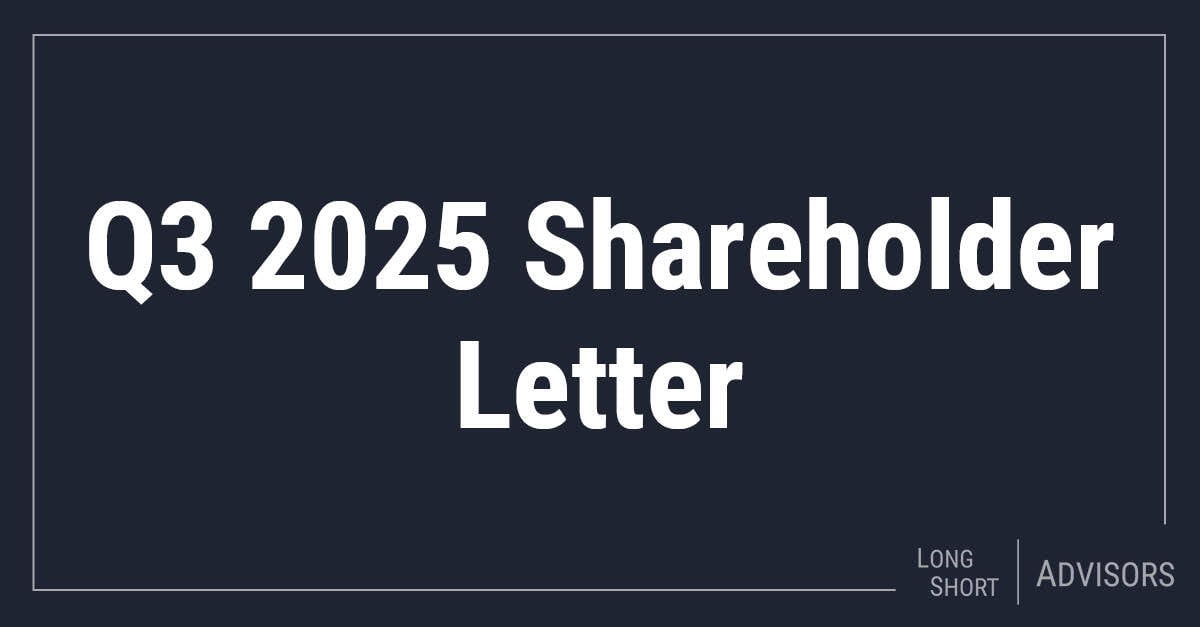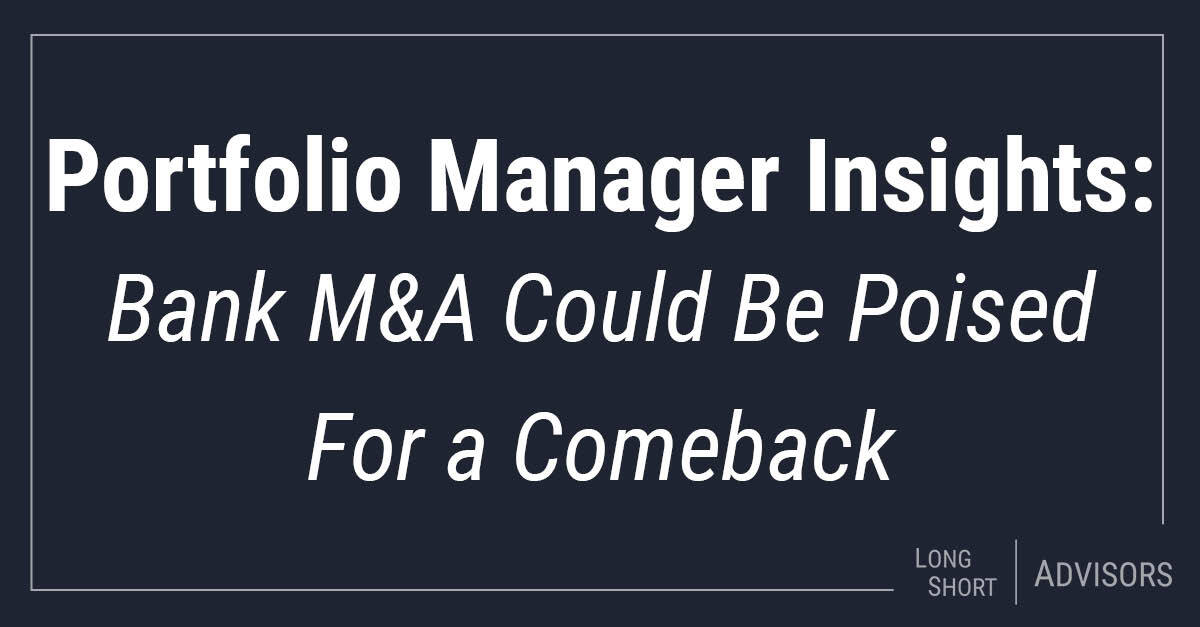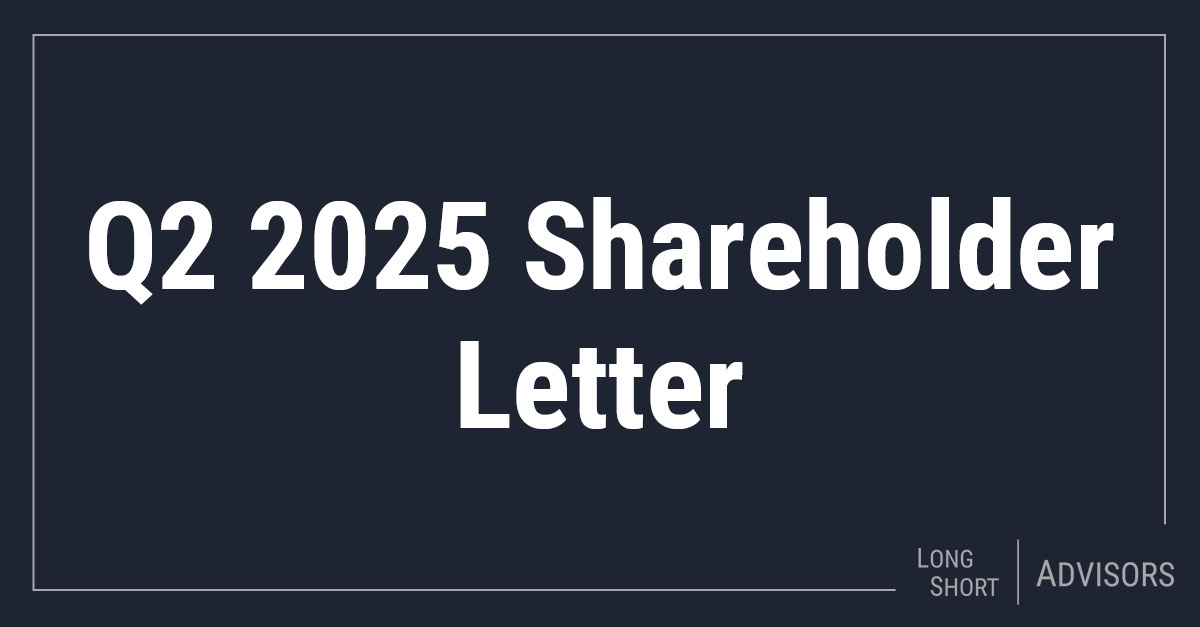One major impact from Russia’s invasion of Ukraine has been to pour fuel on the fire of rising commodities. And, as we are often reminded during crises, it’s difficult to see around every corner, and predict corollary impacts from resulting volatility.
History Rhymes
Bad things rarely happen in isolation. There are knock-on effects that we can’t see in advance.
The Russian financial crisis in 1998 caused the collapse of Long Term Capital Management. The unwinding of the housing bubble led to the demise of Lehman, Bear Stearns, et al. When these types of events happen, it is a reminder as to why we often state that we are “leverage allergic.”
Let’s look at an example in the current market and let’s start with commodity prices.
Commodity Prices Hitting All-Time Highs
The price of Gold rallied above $2,000 an ounce. Crude Oil jumped over $130 a barrel, reaching its highest since July 2008. Oil prices are at their highest level in a decade. European Natural Gas prices skyrocketed 80% and shattered records for the biggest weekly rise ever in history.
Nickel prices more than doubled to post its second-biggest intra-day gain ever.
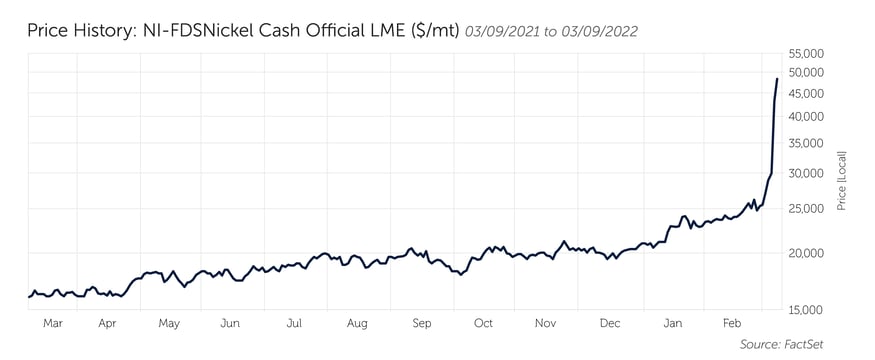
Why is a value investor writing about commodity prices and nickel?
Because leverage on the balance sheet of a company could be dangerous. Companies in the commodities space can be highly levered. They are also subject to macro dynamics such as commodity price fluctuation. The combination can be devastating.
Reports are that the recent spike in nickel prices is due to a Chinese steel producer being caught short a large amount of nickel and forced to cover. Whether this is true remains to be seen, but it serves as a reminder that leverage can often be dangerous — especially in a time of crisis. After all, as one of our favorite sayings goes… ”To finish first, you must first finish.”
14658192-UFD-03142022
Source: Prospector Partners

